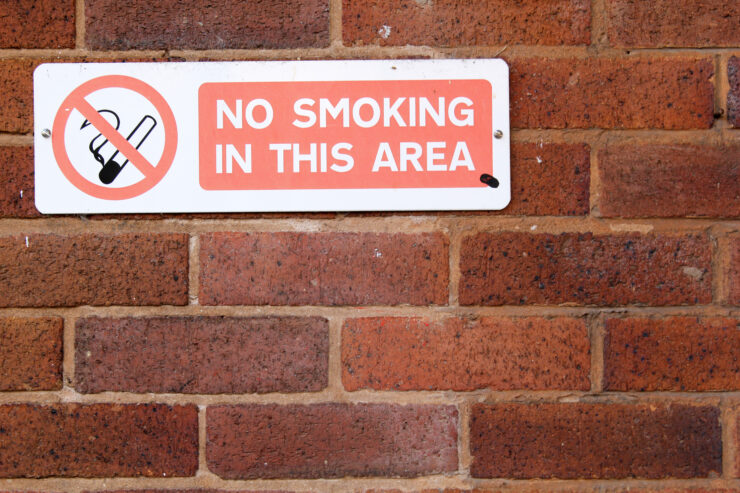Diversity in newsrooms can prevent disasters like the New York Times Nazi profile
On Nov. 25, the New York Times published an article about the life of Tony Hovater, an Ohio native, white supremacist, and Nazi.
Originally titled ‘In America’s Heartland, The Nazi Sympathizer Next Door,’ and later changed to ‘A Voice of Hate in America’s Heartland’ after backlash on Twitter, the article profiled Hovater in a seemingly innocuous light. One excerpt reads as follows:
“Mr. Hovater, 29, is a welder by trade. He is not a star among the resurgent radical American right so much as a committed foot soldier — an organizer, an occasional podcast guest on a website called Radio Aryan, and a self-described “social media villain,” although, in person, his Midwestern manners would please anyone’s mother.”
This is the same “he’s harmless, he wouldn’t hurt a fly” rhetoric that news outlets often lend to white terrorists, mass shooting after mass shooting, and it needs to stop. While perhaps well intentioned, the profile is without a doubt problematic and dangerous.
Rather than giving already privileged white nationalists another platform to voice their beliefs, the Times and other media outlets should focus their attention on the people they are targeting.
Does Hovater have a neighbour who’s a minority? Talk to them. Get their take. I understand why the Times did it. Some guy in a newsroom probably thought something like, “this Nazi thing is really out of control. Let’s talk to one about his motivations,” but this kind of reporting is exactly what put Trump in power.
The profile is harmful because it normalizes Nazi attitudes, ideologies, and behaviours. We all know it’s happening, we all know these people exist. We don’t need to lend them a sympathetic ear, and we definitely don’t need to be promoting the idea that they’re just like us when nothing could be further from the truth. They don’t even want people to think they’re just like us. Their ideology is quite literally that they’re above everyone else.
There were so many better ways to go about this article. Not once is the opinion of an expert on Nazism, history, or the social sciences called for. The entirety of the article is focussed on Hovater and his daily routines. Follow up questions to his statements are not properly executed. If the purpose of this profile was to understand how someone so seemingly normal could have such strong convictions in Nazi ideology and far-right radicalism that is so detrimental to society, it doesn’t translate.
This is a stark contrast to news pieces about former members of the Taliban, in which experts, family members and friends jump in and offer their insights. The subjects of those articles are portrayed as the other, their beliefs are not normalized, and research is used to identify how recruitment for terrorist groups target individuals. That’s how the Times could have gone about this piece, but instead they followed a guy who was present at the Charlottesville rally around a grocery store and documented his purchases, all the while letting him talk about his beliefs unchecked and unchallenged. In a way, the Times acted as a mouthpiece for Nazi sympathizers, giving them a voice through Hovater.
Since the wave of criticism flooded social media following the publication, the New York Times issued a statement explaining that they understand that the criticism is well deserved, and suggesting that they will take readers’ input into account for future pieces. But that’s not good enough.
Media outlets have a responsibility to the public, and part of that is letting them have a say in what is published.
As many Twitter users pointed out, diversity in newsrooms is one way to solve this issue.
Symone Sanders, a reputable reporter and a woman of colour tweeted a critical thread in response to the article, writing “the NYTs needs more people of color in decision making positions so when the idea of bs like this creeps up in a meeting there are folks to offer a measured perspective on why this is 1) a bad idea 2) dangerous and 3) tone deaf,” and she’s right.
The reporter who profiled Hovater is also a white male, and of a similar social background. Someone with different experiences may have been able to better iterate the questions that lead to this article, and it’s not like qualified individuals of colours are lacking.
Regardless of how they go about finding a solution, publications big and small need to keep in mind that they have a responsibility to report on these issues in a way that doesn’t normalize racist and dangerous ideologies.





